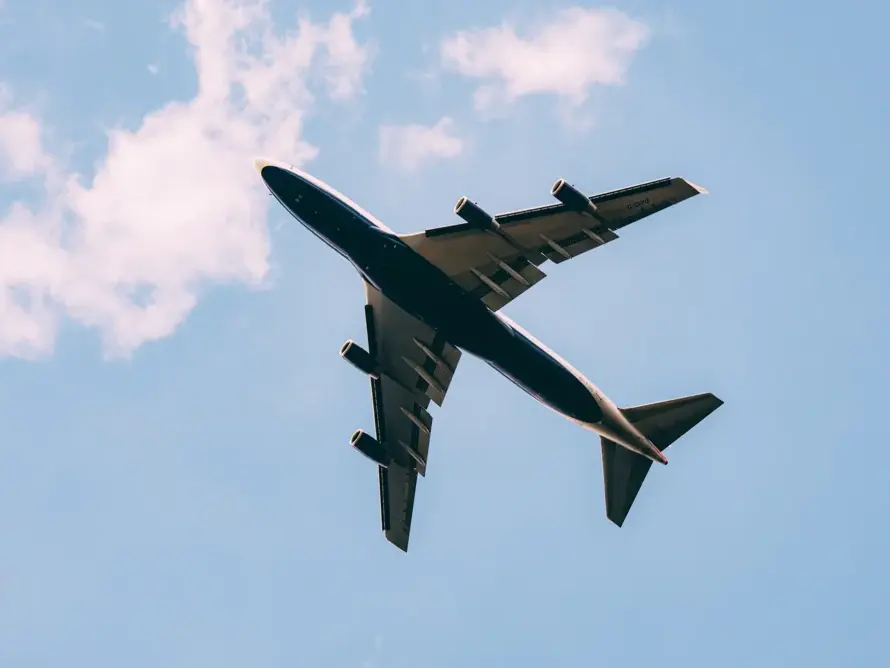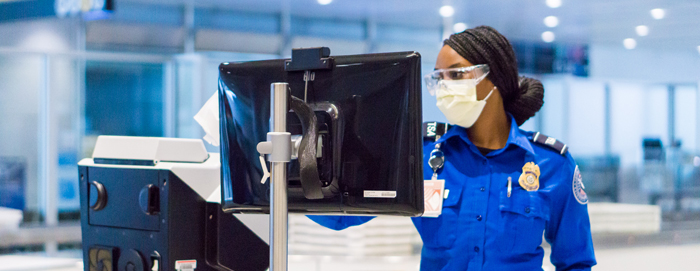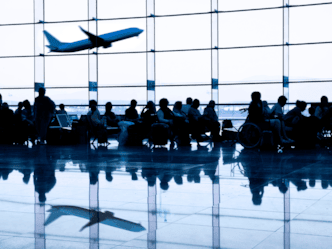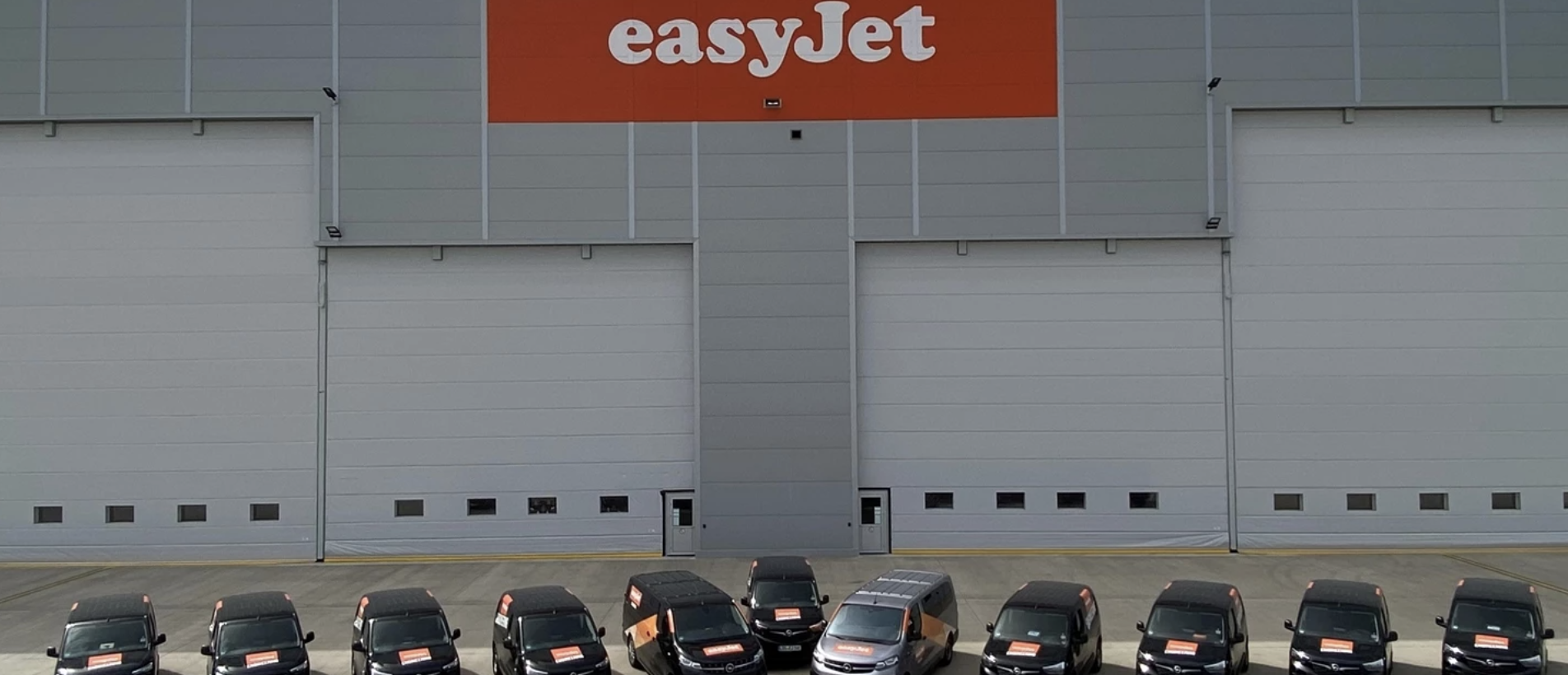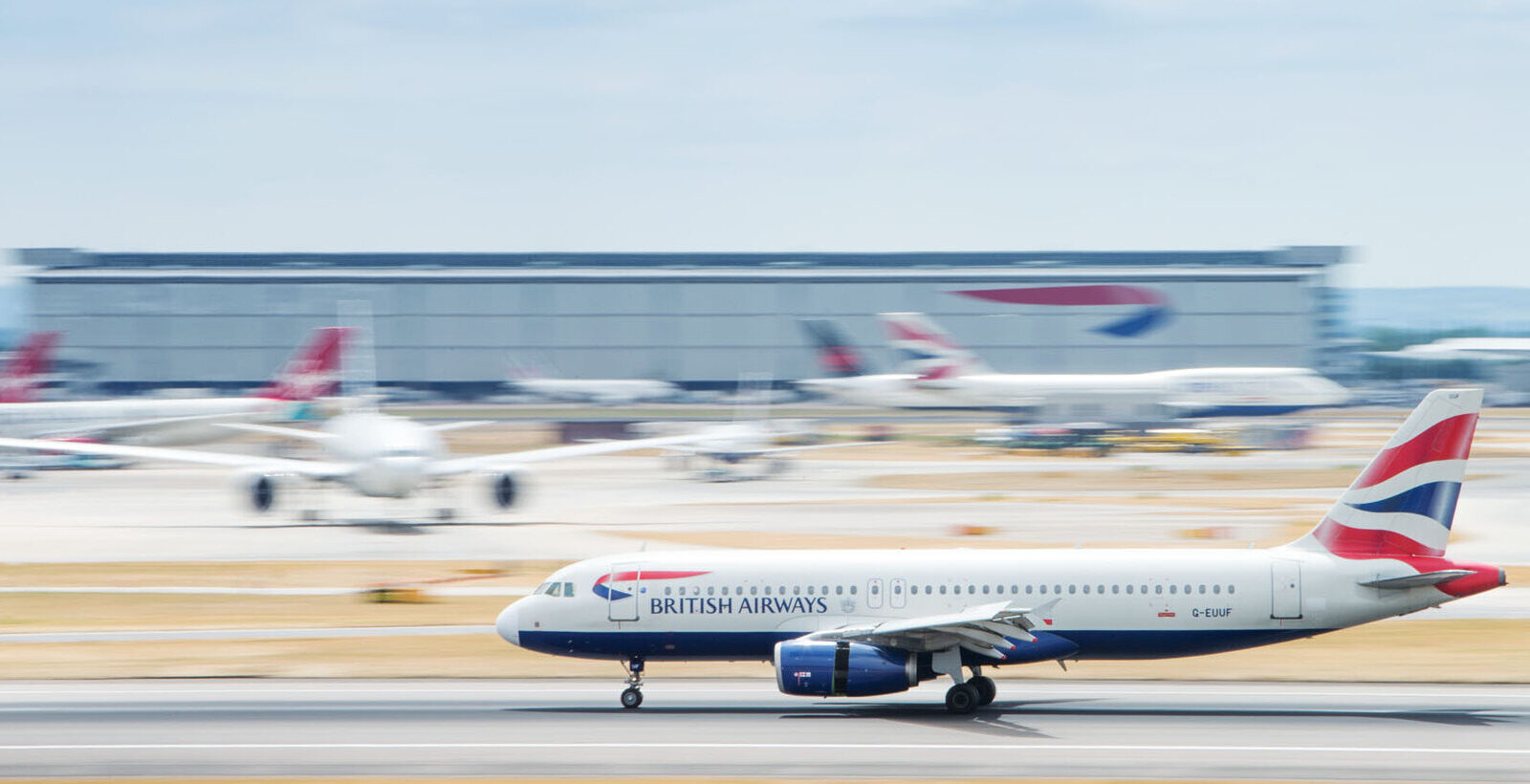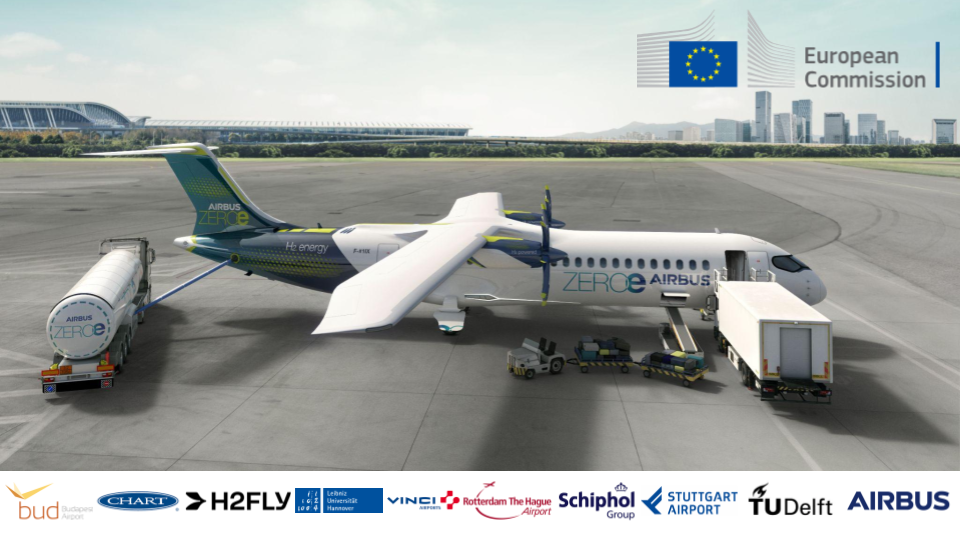The European Union Aviation Safety Agency (EASA) has published a new plan to mitigate risks posed by global navigation satellite system (GNNS) interference, in association with the International Air Transport Association (IATA).
The plan is the result of a workshop jointly-hosted at the EASA’s headquarters in Cologne, Germany on 22-3 May, on the topic of GNSS interference, which found that, with the rise of incidents and interference related to the system, a broader and more coordinated approach will be necessary.

The plan focuses on four key areas: improved information gathering, stronger prevention & mitigation measures, effective use of infrastructure & airspace management and the enhanced coordination and preparedness among relevant agencies.
Jesper Rasmussen, EASA Flight Standards Director, said:GNSS disruptions are evolving in terms of both frequency and complexity. We are no longer just containing GNSS interference — we must build resilience. The evolving nature of the threat demands a dynamic and ambitious action plan.
Through collaboration with partners in the European Union and IATA and by supporting the International Civil Aviation Organization (ICAO), we are committed to keeping aviation safe, secure, and navigable.
In order to tackle the issue, the workshop concludes that the following workstreams will be critical:
Enhanced Reporting and Monitoring
- Agree on standard radio calls for reporting GNSS interference and standardised notice to airmen (NOTAM) coding, i.e. Q codes
- Define and implement monitoring and warning procedures, including real-time airspace monitoring
- Ensure dissemination of information without delays to relevant parties for formal reporting
Prevention and Mitigation
- Tighten controls (including export and licensing restrictions) on jamming devices
- Support the development of technical solutions to reduce false terrain warnings, improve situational interference with portable spoofing detectors and ensure rapid and reliable GPS equipment recovery after signal loss or interference
Infrastructure and Airspace Management
- Maintain a backup for GNSS with a minimum operational network of traditional navigation aids
- Better utilise military air traffic management (ATM) capabilities, &including tactical air navigation networks and real-time airspace GNSS incident monitoring
- Enhance procedures for airspace contingency and reversion planning so aircraft can navigate safely even if interference occurs
Coordination and Preparedness
- Improve civil-military coordination, including the sharing of GNSS radio frequency interference (RFI) event data
- Prepare for evolving-threat capabilities, also for drones
Nick Careen, IATA Senior Vice President, Operations, Safety, and Security, said:The number of global positioning system (GPS) signal loss events increased by 220% between 2021 and 2024 according to IATA’s data from the Global Aviation Data Management Flight Data eXchange (GADM FDX). And with continued geopolitical tensions, it is difficult to see this trend reversing in the near term. IATA and EASA are working together to reinforce the redundancies that are built into the system, to keep flying safe. The next step is for ICAO to move these solutions forward with global alignment on standards, guidance, and reporting. This must command a high priority at the ICAO Assembly later this year.
To stay ahead of the threat, aviation must act together and without delay.



